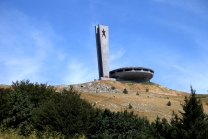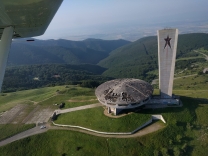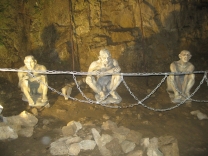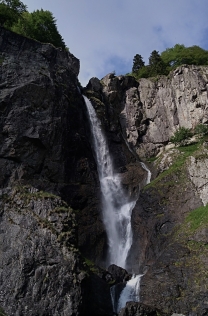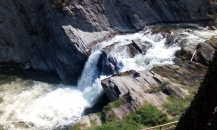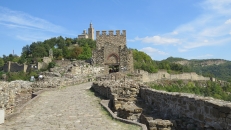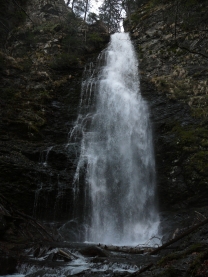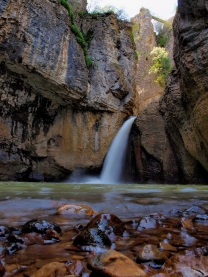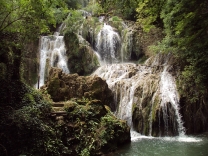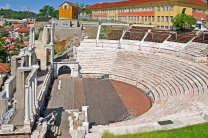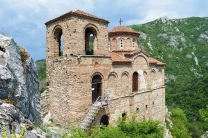No video yet

Buzludzha monument
Abandoned communist monument house in BulgariaThe Monument House of the Bulgarian Communist Party (also known as the Buzludzha Monument (/ˈbʊzlʊdʒə/)) was built on Buzludzha Peak in central Bulgaria by the Bulgarian communist government. It commemorated the events of 1891, when a group of socialists led by Dimitar Blagoev assembled secretly in the area to form an organized socialist movement that led to the founding of the Bulgarian Social Democratic Party, a forerunner of the Bulgarian Communist Party.
The monument was abandoned after the fall of the Soviet Union in 1989 and now lies derelict.
Construction
Construction of the monument began on 23 January 1974 under architect Georgi Stoilov, a former mayor of Sofia and co-founder of the Union of Architects in Bulgaria.Trinitrotoluene (TNT) was used to level the peak into a stable foundation, reducing the mountain's height from 1,441 metres (4,728 feet) to 1,432 metres (4,698 feet). More than 15,000 cubic metres of rock were removed in the process. The monument was built at a cost of 14,186,000 leva, which by today's[when?] rates is roughly equivalent to US$35 million.[clarification needed]
The building exemplifies the futurist architecture common to many state-constructed communist buildings. It is no longer managed, and is closed to the public as it is considered dangerous. There is a proposal by The Buzludha Project to architecturally preserve the monument and turn the building into an interpretive museum of Bulgarian history.
Mosaics
Inside the building, mosaics that cover approximately 510 square meters of space commemorate the history of the Bulgarian Communist Party. The mosaics were built with 35 tons of cobalt glass. Today 20% of them have been destroyed due to age and vandalism.
On the outer ring of the monument, mosaics were built with natural stones gathered from rivers across Bulgaria. These mosaics have also mostly vanished due to natural causes.
The final mosaic in the building was the communist hammer and sickle encircled by a quote from The Communist Manifesto stating, "Proletarians of...


